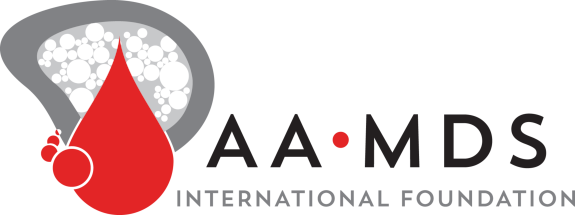How I Treat Paroxysmal nocturnal hemoglobinuria
Implication of PIGA genotype on erythrocytes phenotype in Paroxysmal Nocturnal Hemoglobinuria
Randomized trials with checkpoint inhibitors in acute myeloid leukaemia and myelodysplastic syndromes: What have we learned so far and where are we heading?
The treatment of acute myeloid leukaemia (AML) and myelodysplastic syndrome (MDS) has seen dramatic advances with the approval of multiple novel agents in recent years. However, unlike solid malignancies, immune checkpoint inhibitors have yet to garner regulatory approval in AML and MDS with recent randomized clinical trials yielding only underwhelming results. Novel targets have been explored in early phase clinical trials with impressive results leading to ongoing subsequent controlled trials.
Validation of International Working Group response criteria in higher-risk myelodysplastic syndromes: A report on behalf of the MDS Clinical Research Consortium
Risk factors for de novo and therapy-related myelodysplastic syndromes (MDS)
Imetelstat Achieves Meaningful and Durable Transfusion Independence in High Transfusion-Burden Patients With Lower-Risk Myelodysplastic Syndromes in a Phase II Study
Survival following relapse after allogeneic hematopoietic cell transplantation for acute leukemia and myelodysplastic syndromes
Objective/background: Relapse is the most common cause of treatment failure after allogeneic hematopoietic cell transplantation (alloHCT). No standard of care exists, and a wide range of treatments are used for post-alloHCT relapse. In the recent era, several novel therapies including targeted agents are available for acute lymphocytic leukemia (ALL),
Current and emerging strategies for management of myelodysplastic syndromes
TP53 Modifier Impresses in Early MDS/AML Study
A drug that targets a common mutation in

